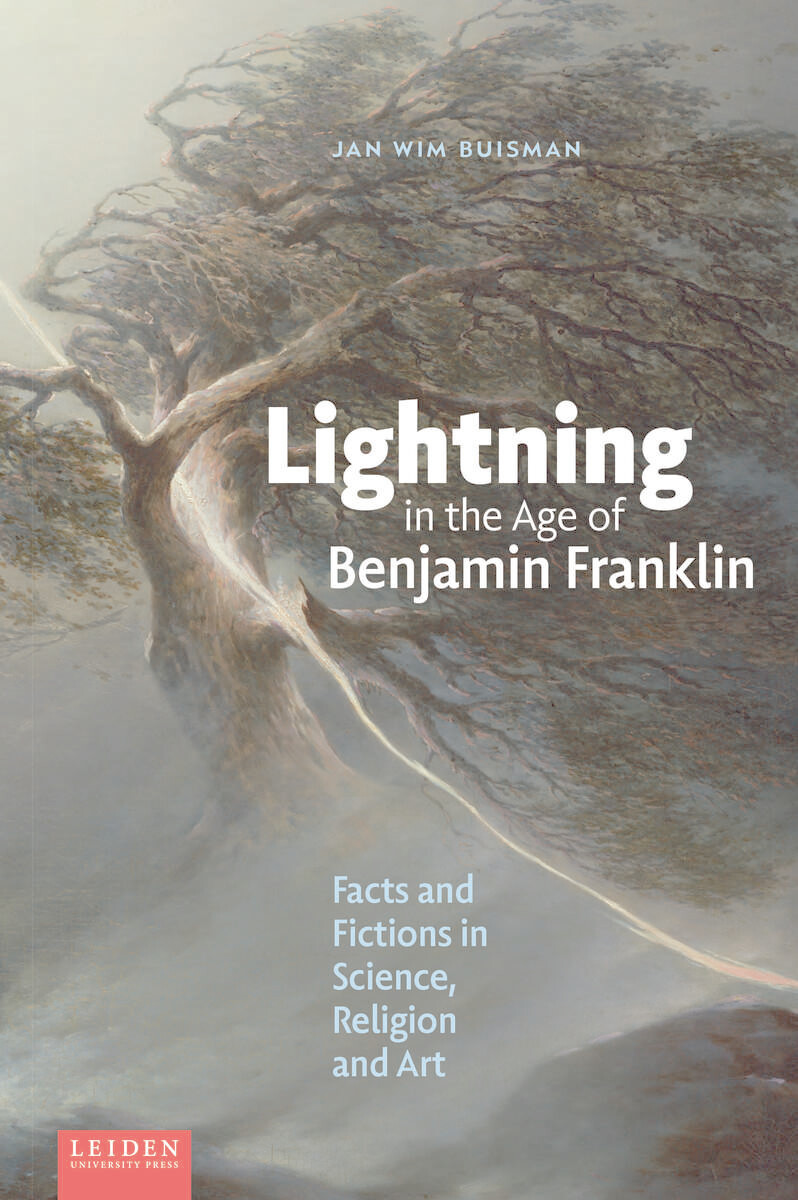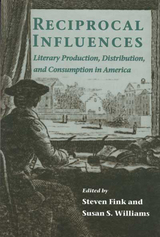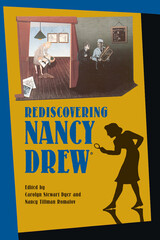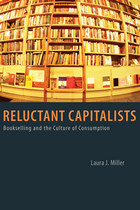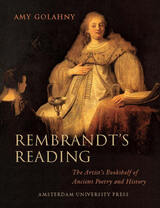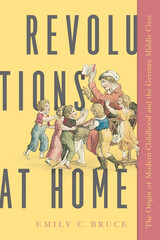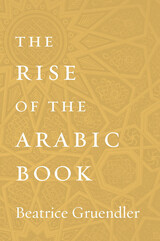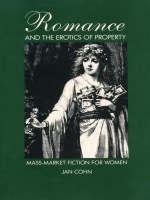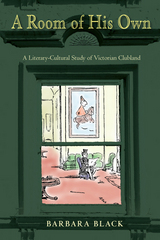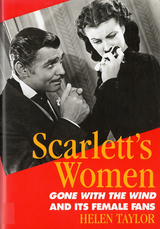Lightning in the Age of Benjamin Franklin: Facts and Fictions in Science, Religion, and Art
Leiden University Press, 2023
Cloth: 978-90-8728-387-2 | eISBN: 978-94-006-0433-9
See other books on: Age | Benjamin Franklin | Facts | Lightning | North America
See other titles from Leiden University Press
Cloth: 978-90-8728-387-2 | eISBN: 978-94-006-0433-9
ABOUT THIS BOOK | AUTHOR BIOGRAPHY | REVIEWS | TOC
ABOUT THIS BOOK
Thunder and lightning have been seen from time immemorial as God’s instruments of punishment. Until the invention of the lightning rod by Benjamin Franklin in 1752. In Lightning in the Age of Benjamin Franklin. Facts and Fictions in Science, Religion, and Art Jan Wim Buisman shows how the Enlightenment and Romanticism have changed our scientific, religious and artistic image of natural violence forever. In the eighteenth century, thunderstorms are experienced less and less as a threat and more and more as something extraordinary. The image of God and the image of nature changed radically. The religion of enlightened people, for example, was more determined by joy than by fear. And nature was almost experienced as a girlfriend. That had significant consequences because those who no longer had to be afraid of the thunderstorm could play with it without hesitation. That’s what poets, painters and musicians did to their heart’s content. Never before the beauty of the storm was depicted as much in the western culture as during the transition from the Enlightenment to Romanticism.
See other books on: Age | Benjamin Franklin | Facts | Lightning | North America
See other titles from Leiden University Press
